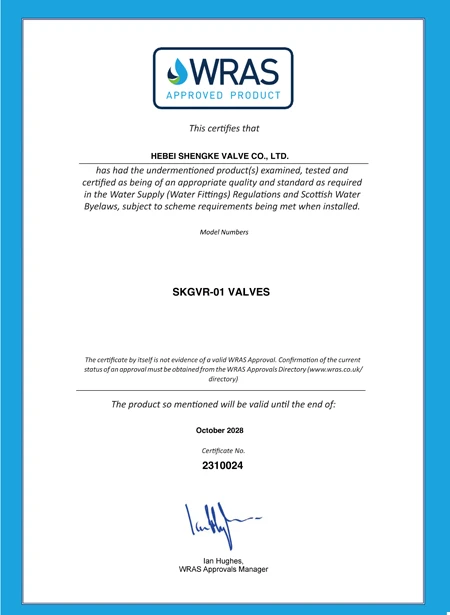พ.ย. . 10, 2024 04:13 Back to list
Understanding the Function and Importance of Gate Valves in Fluid Control Systems
Understanding Gate Valves Function, Types, and Applications
Gate valves are crucial components in piping systems, commonly used to control the flow of fluids in various industrial and residential applications. Known for their unique design and operational characteristics, gate valves provide an effective means of regulating fluid movement while minimizing pressure loss.
What is a Gate Valve?
A gate valve is a type of valve that opens or closes by lifting a gate out of the path of the fluid. This design allows for a straight-line flow of fluid with minimal turbulence, making gate valves highly efficient for full-flow conditions. Unlike other types of valves, such as globe or ball valves, gate valves are typically either fully open or fully closed, making them unsuitable for throttling applications. Their primary function is to serve as an on/off mechanism in a system.
Design and Construction
Gate valves consist of several key components the body, gate, seat, and actuator. The body is the main part that connects to the piping system, while the gate is the movable part that regulates flow. The seat provides a sealing surface for the gate when it is in the closed position. Actuators, which can be manual (like a handwheel) or automated (electrically or hydraulically operated), assist in the movement of the gate.
The two most common types of gate valves are rising stem and non-rising stem designs. In a rising stem gate valve, the stem moves upwards as the valve opens, allowing for easy visual indication of whether the valve is open or closed. In contrast, a non-rising stem design keeps the stem static while the gate lifts or lowers, making it ideal for installations with limited vertical space.
Materials Used
Gate valves are manufactured from a variety of materials, including cast iron, stainless steel, brass, and plastic. The choice of material often depends on the type of fluid being handled, the temperature and pressure of the application, and the surrounding environmental conditions. For example, stainless steel valves are preferred for corrosive applications, while cast iron may be used for water and wastewater systems.
gate valve

Applications
Gate valves are widely used across various industries, including oil and gas, water treatment, power generation, and chemical processing. Their ability to handle high pressures and temperatures makes them suitable for applications where robust flow control is essential. Within the water supply sector, gate valves are commonly installed in pipelines, reservoirs, and fire protection systems to regulate water flow and maintain system integrity.
In the oil and gas industry, gate valves are critical for controlling the flow of hydrocarbons during extraction, transportation, and refining. Their reliable performance under high-pressure conditions contributes to the safety and efficiency of these operations.
Advantages and Disadvantages
The main advantages of gate valves include their low-pressure drop, durability, and ability to provide tight sealing when closed. Because they allow for unrestricted flow, they are ideal for applications that require full open or closed operation.
However, gate valves also come with some disadvantages. They tend to be larger and heavier than other valve types, making installation more challenging in confined spaces. Additionally, the operational speed can be slower, and they may require more maintenance as they are prone to wear over time, particularly in applications with frequent cycling.
Conclusion
In summary, gate valves play a vital role in the management of fluid flow across various industries. Their design, material selection, and intended application facilitate efficient control of liquids and gases in a wide range of systems. Understanding the characteristics and proper use of gate valves is essential for engineers and operators striving for optimal performance in their fluid management systems. By recognizing both the advantages and limitations of gate valves, professionals can make informed decisions that enhance the reliability and efficiency of their operations.
Share
-
Reliable Wafer Type Butterfly Valves for Every IndustryNewsJul.25,2025
-
Reliable Flow Control Begins with the Right Ball Check ValveNewsJul.25,2025
-
Precision Flow Control Starts with Quality ValvesNewsJul.25,2025
-
Industrial Flow Control ReliabilityNewsJul.25,2025
-
Engineered for Efficiency Gate Valves That Power Industrial PerformanceNewsJul.25,2025
-
Empowering Infrastructure Through Quality ManufacturingNewsJul.25,2025